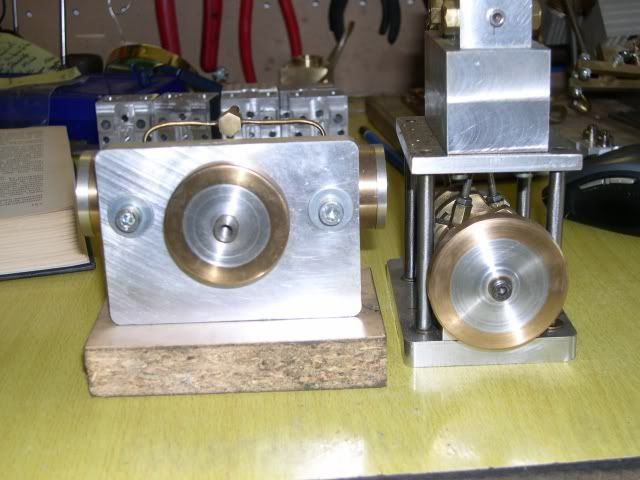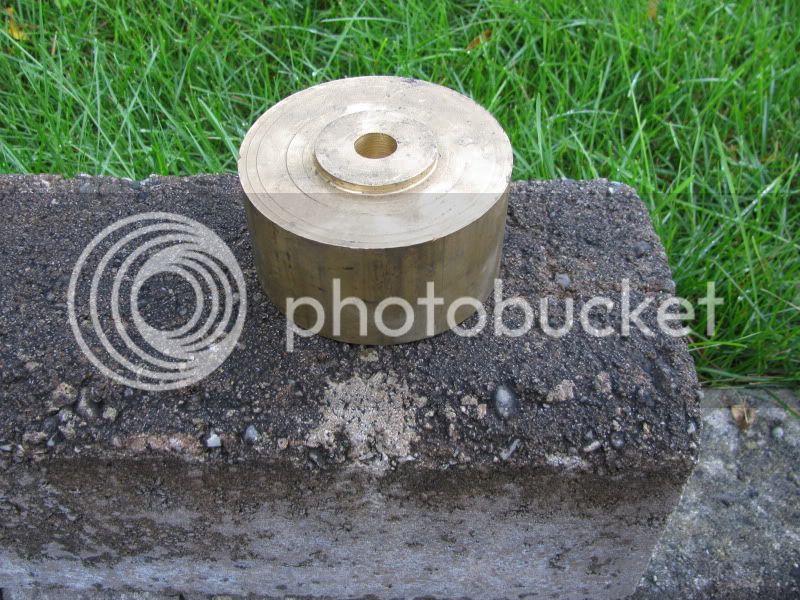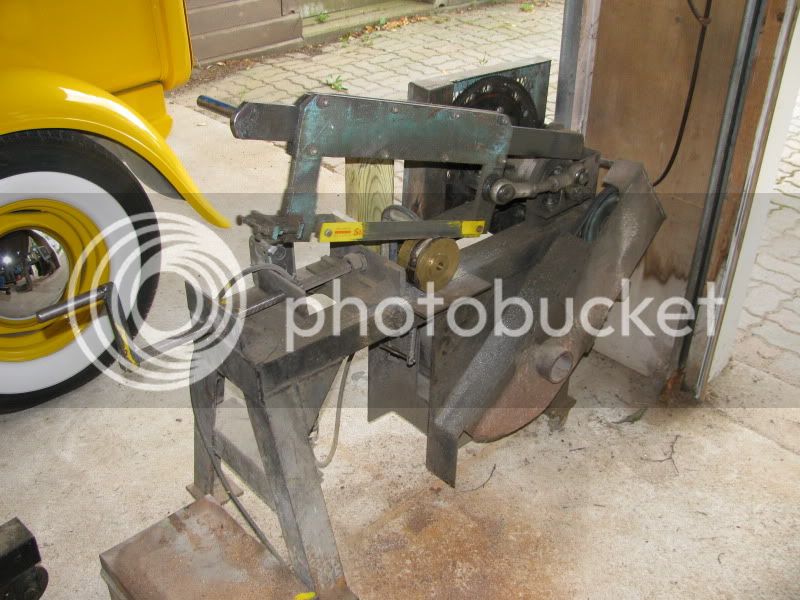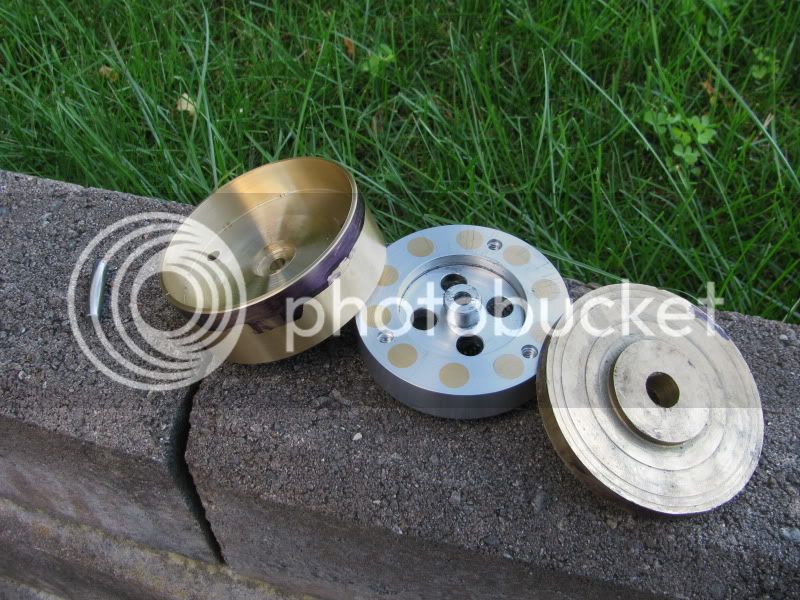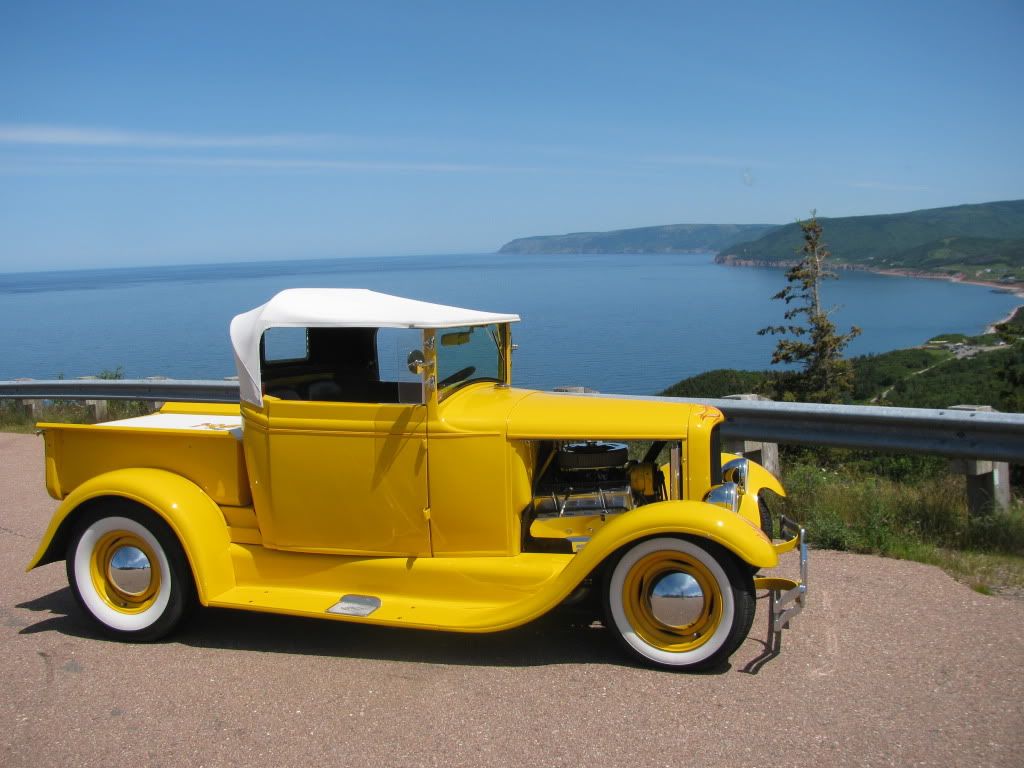My Bad, Brian, I meant contrate gears. They are essentially a spur gear except the teeth are around the outside face of the gear and not the rim. There are also a similar kind that is canted at 45*, think bevel gear only the teeth are not the full width of the face. I do so hope this is not too confusing and I do apologize for what I have caused already.
BC1
Jim
BC1
Jim





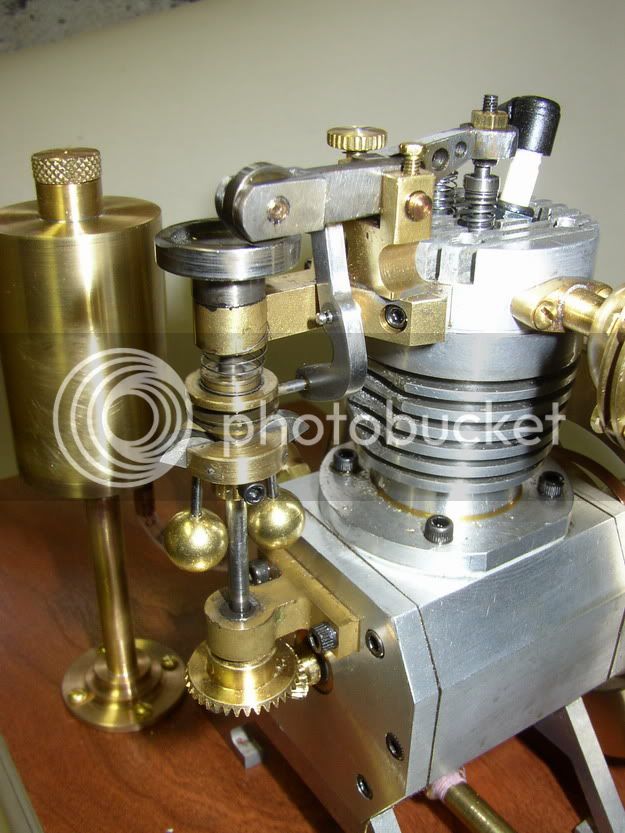
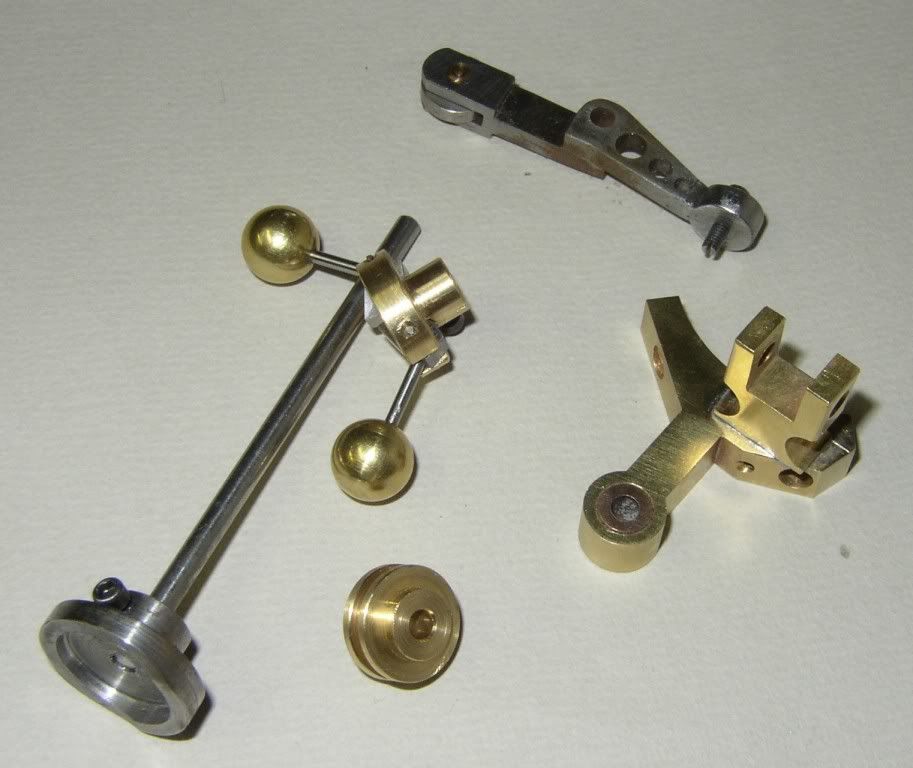
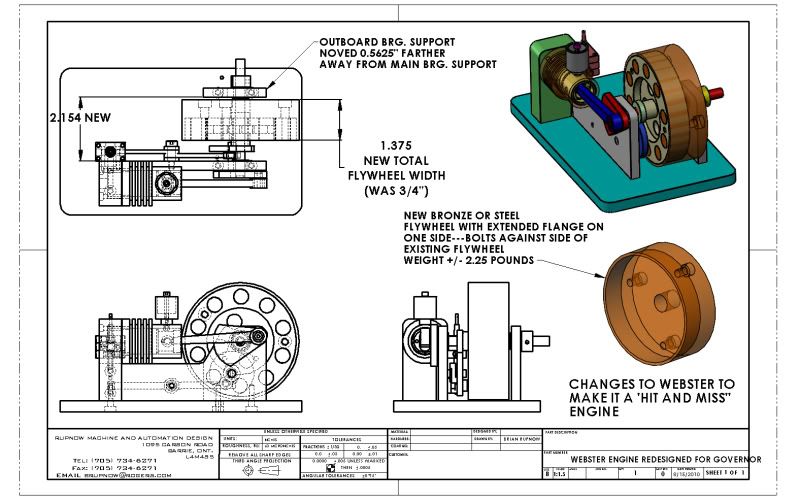






















![DreamPlan Home Design and Landscaping Software Free for Windows [PC Download]](https://m.media-amazon.com/images/I/51kvZH2dVLL._SL500_.jpg)































